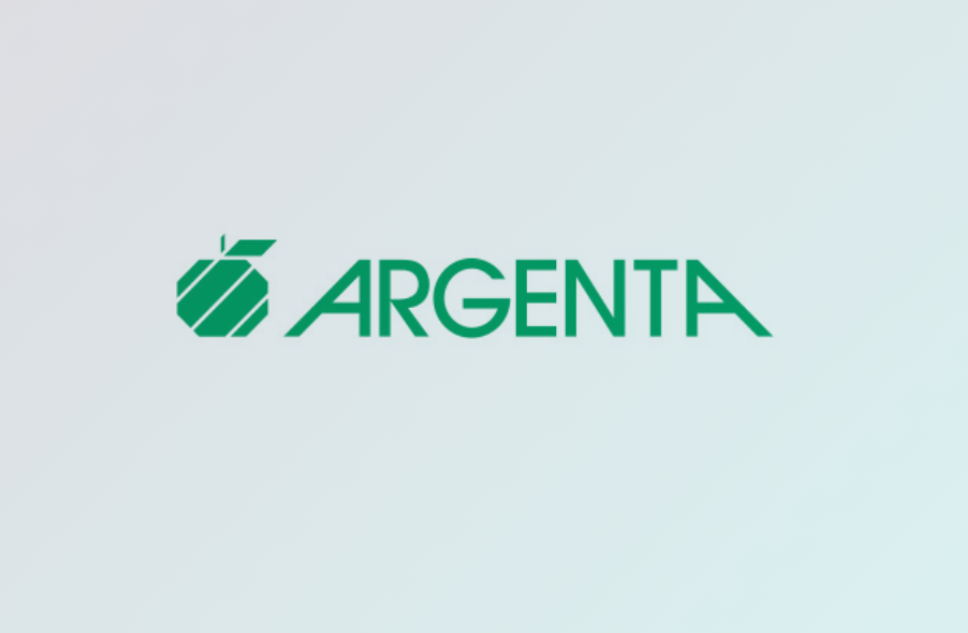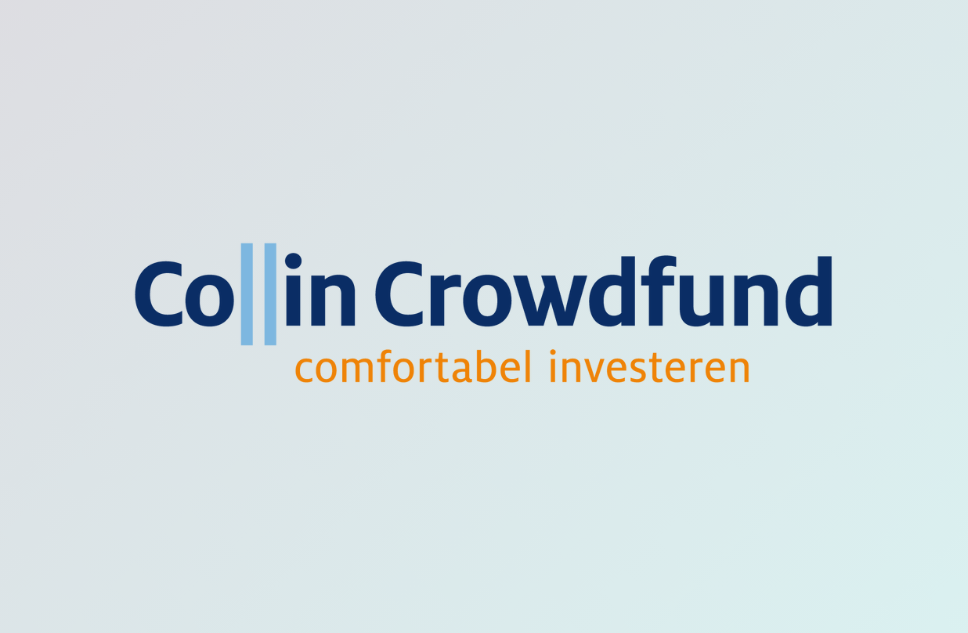Replacing and Migrating ERP to the Cloud
Last edited on Jan, 08 2024 10:37:07 AM
Reading time: 6 minutes
Written by Minke van Dooremalen | Marketing Manager
Table of contents

ERP systems were massively deployed in the 1980s and 1990s as replacements for custom systems. Well-known and popular examples include SAP R/3, Oracle E-Business Suite, Agresso, Baan, and Coda, as well as smaller systems like Exact.
The motto was to have a standard system for standard business processes, with flexibility, functionality, and manageable cost levels.
Although each solution has its own specifics, various ERP systems share common features:
- Modular structure with modules such as finance, sales, supply chain, manufacturing, projects, warehouse management, HR, and CRM.
- A significant part of the functionality is configurable.
- Data is stored in a shared database, requiring entering master data only once.
ERP Legacy: A Burden
Over the years, these systems have evolved with more modules and functionality. Functionality was added to build complete custom modules with the same look and feel as standard modules.
However, expanding ERP systems has become unwieldy. Many ERP systems have become complex and cumbersome, deviating from their original goals. Legacy ERP systems pose various challenges for companies:
- New technology is often added, but old technology is rarely phased out (legacy), resulting in complex and large ERP systems.
- Upgrading a legacy system to a new, often cloud-based version becomes complex or even impossible.
- Due to outdated technology, legacy ERP systems may not integrate smoothly with modern systems.
Progress is Essential
Standing still means moving backward, a principle applicable to both business and IT. Emixa proposes a strategy to tackle ERP challenges: "Divide and Conquer." Breaking down the problem into manageable pieces is essential, especially for large ERP platforms.
The Monolith
Old-style ERP systems have a monolithic architecture, installing all software components together, leading to a monolith. Multiple versions of such ERP systems are often in use, making upgrades complex and time-consuming.
Efforts to successfully upgrade may face difficulties or temporary halts, and keeping a legacy ERP up-to-date becomes unmanageable. Delaying upgrades is not a viable option.
Moving Forward
Stagnation is regression, applicable to both the business and IT aspects of a company. Emixa proposes a clear vision to address these issues: "Divide and Conquer." Breaking down the problem into smaller, manageable parts is crucial, as replacing a large ERP platform in one operation is impossible.
The approach involves dividing the ERP system into smaller functional segments, replacing the old ERP system with multiple standard and/or custom systems. This is achieved through:
- Identifying and transferring essential functionalities.
- Moving other functionalities to a different environment, using "best-of-breed applications" or a custom platform with one or more apps layered over standard systems.
Architecture: What, Why, and How
The next step involves determining the "what, why, and how" of IT architecture:
- Developing a robust IT and business strategy with clear goals and priorities.
- Practical implementation of necessary IT solutions.
This includes redefining IT architecture, considering aspects such as:
- Using the right technology for specific problems.
- Making platform choices based on needs, often a combination of best-of-breed applications, custom apps, an integration platform, and a reporting platform (data warehouse, BI).
- Decoupling applications via an integration layer and avoiding direct links between systems.
- Designing scalable solutions that can handle increased transaction volume.
Infrastructure choices, including public or private cloud, hybrid environments, or multi-cloud usage, and security requirements are also crucial considerations.
Planning is Crucial
The final phase involves detailed planning:
- Identify dependencies.
- Create a step-by-step plan with priorities.
- Translate the plan into a concrete roadmap or project portfolio.
Emixa: Leveraging Boomi and Mendix
Emixa, an expert in advising on legacy ERP modernization, employs the Boomi and Mendix platforms to design and build innovative solutions.
Boomi, a low-code iPaaS (Integration Platform as a Service), plays a crucial role in migrating ERP monoliths step by step. It offers connectors for various applications and technologies, facilitating integration with ERP systems like SAP R/3, Oracle E-Business Suite, Netsuite, and Exact.
Mendix, a low-code platform, is used for developing innovative custom applications. The combined low-code and no-code approach ensures rapid and efficient application development, aligning with diverse business needs.
In conclusion, the flexibility provided by Mendix and Boomi helps manage and resolve ERP legacy issues. The key lies in a phased, step-by-step, and agile approach.
Want to know more?
There are plenty of opportunities to drive forward digital transformation in the tech industry. Would you like to improve the digital state of your organisation? And are you looking for a partner who can help you achieve this goal? In that case, Emixa is the right fit for you. We translate complex issues into simple, user-friendly IT solutions that accelerate your digital transformation and take your business to a higher level. Don’t hesitate to contact us. We would be delighted to meet you!
Last edited on Jan, 08 2024 10:37:07 AM
Reading time: 6 minutes
Written by Minke van Dooremalen | Marketing Manager
Also see..
OverviewArgenta Aims to Become the Housing Bank of the Netherlands with a Digital Platform Built by Emixa
Emixa will renovate the customer portal of Argenta Netherlands, a bank specializing in mortgages...
Read more ⟶Stay Relevant Through Fast Communication with Customers and Suppliers
The way we communicate is changing rapidly. We are not only continuously accessible in our personal...
Read more ⟶Argenta Renews Customer Environment with Emixa
Argenta Netherlands is a digital bank specializing in savings and mortgages, catering primarily to...
Read more ⟶
